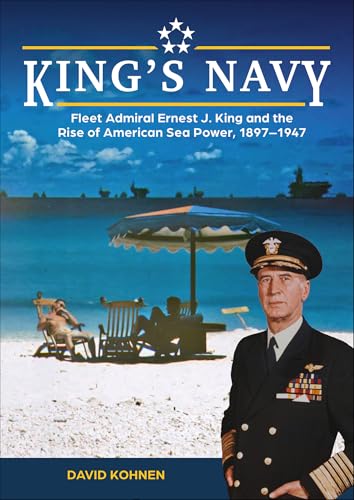
Typhoon Louise vs. the United States Navy
by Gene Eric Salecker
"Catastrophe at Okinawa, October 9-10, 1945"
Popularity
3.94 / 5
* A book's popularity is determined by how it compares to all other books on this website.
Where to buy?
Buy from Amazon* If you buy this book through the link above, we may receive a small commission at no extra cost to you.
Typhoon Louise vs. the United States Navy by Gene Eric Salecker
Details
War:
World War II
Perspective:
Commanders
Military Unit:
US Navy
True Story:
Yes
Biography:
No
Region:
Pacific
Page Count:
216
Published Date:
2023
ISBN13:
9781476650067
Description
Brief Summary
Typhoon Louise vs. the United States Navy by Gene Eric Salecker presents a detailed account of the catastrophic typhoon that struck Okinawa in October 1945. After the conclusion of World War II, the U.S. Navy used the Japanese island as a pivotal base, housing hundreds of vessels and thousands of personnel. The book recounts how Typhoon Louise, described by historian Samuel Eliot Morison as "the most furious and lethal storm ever encountered by the United States Navy," wreaked havoc, sinking and damaging a significant portion of the naval fleet and leading to the loss of a hundred lives. Salecker's work meticulously pieces together the events leading up to the disaster and its aftermath, painting a comprehensive picture of this devastating natural disaster.
Main Themes and Topics
In Typhoon Louise vs. the United States Navy, Gene Eric Salecker delves into themes of vulnerability and resilience. The book examines the Navy's unpreparedness for such a natural disaster despite their military prowess and advanced technology. It highlights the unpredictability of nature and the devastating impact of typhoons, while exploring how the military personnel dealt with the immediate and long-term repercussions. Salecker also provides insight into the broader implications for naval strategy and disaster preparedness in the post-war era.
Writing Style and Tone
Gene Eric Salecker adopts a factual and straightforward writing style, focusing on delivering a precise historical account. The tone of the book is analytical, providing readers with a clear understanding of the chronological events and their significance. Salecker's attention to detail and methodical presentation allows readers to grasp the scale of the disaster, while maintaining engagement through vivid descriptions and personal accounts from those who experienced the typhoon firsthand.
Criticism
One point of criticism that emerges is the book's heavy reliance on technical details, which may be overwhelming for readers not well-versed in naval terminology. While this thoroughness provides a comprehensive view of the events, it may hinder accessibility for casual readers or those seeking a more narrative-driven account of the disaster. Additionally, the focus on military aspects may overshadow the human stories of survival and resilience.









